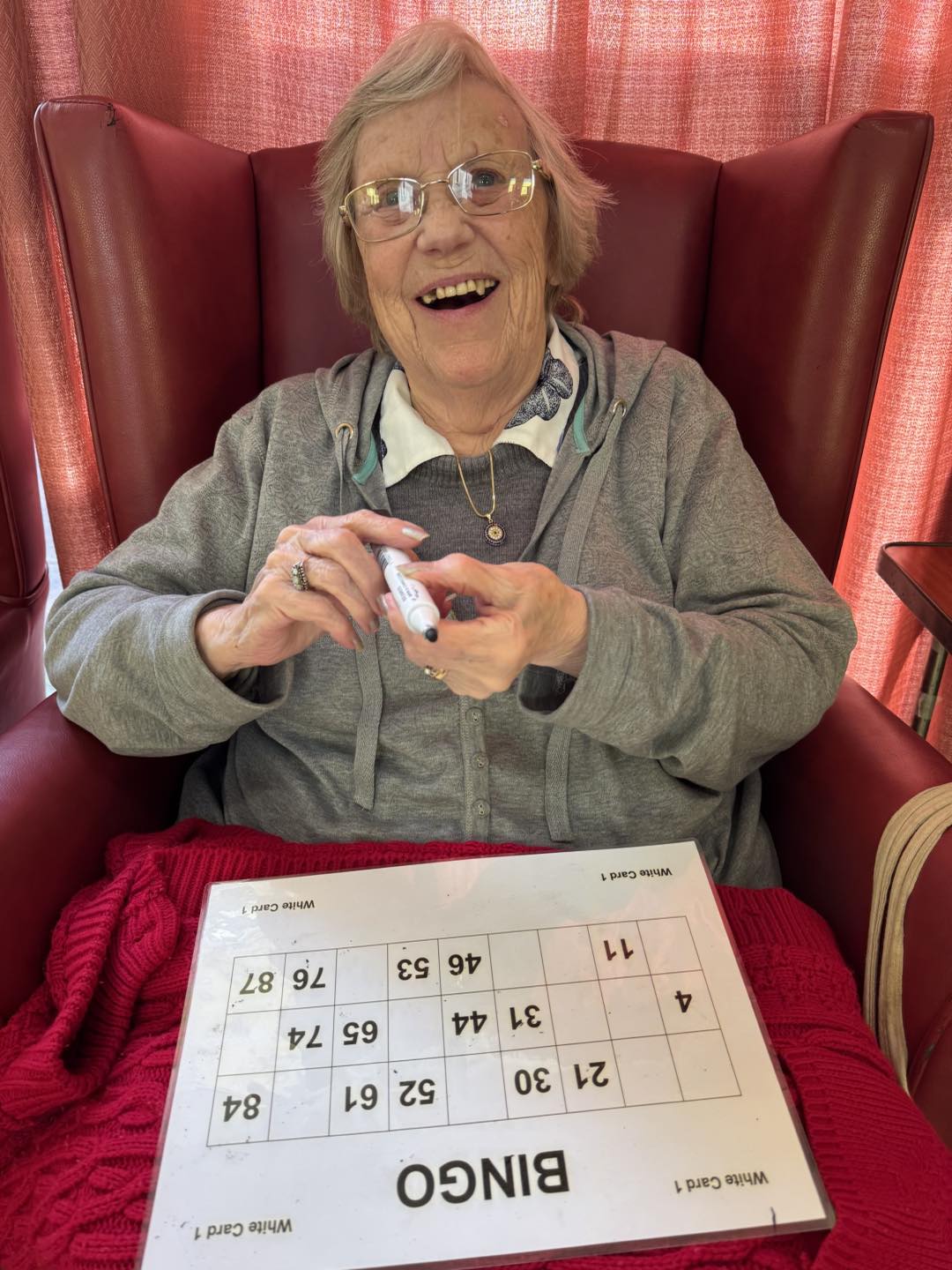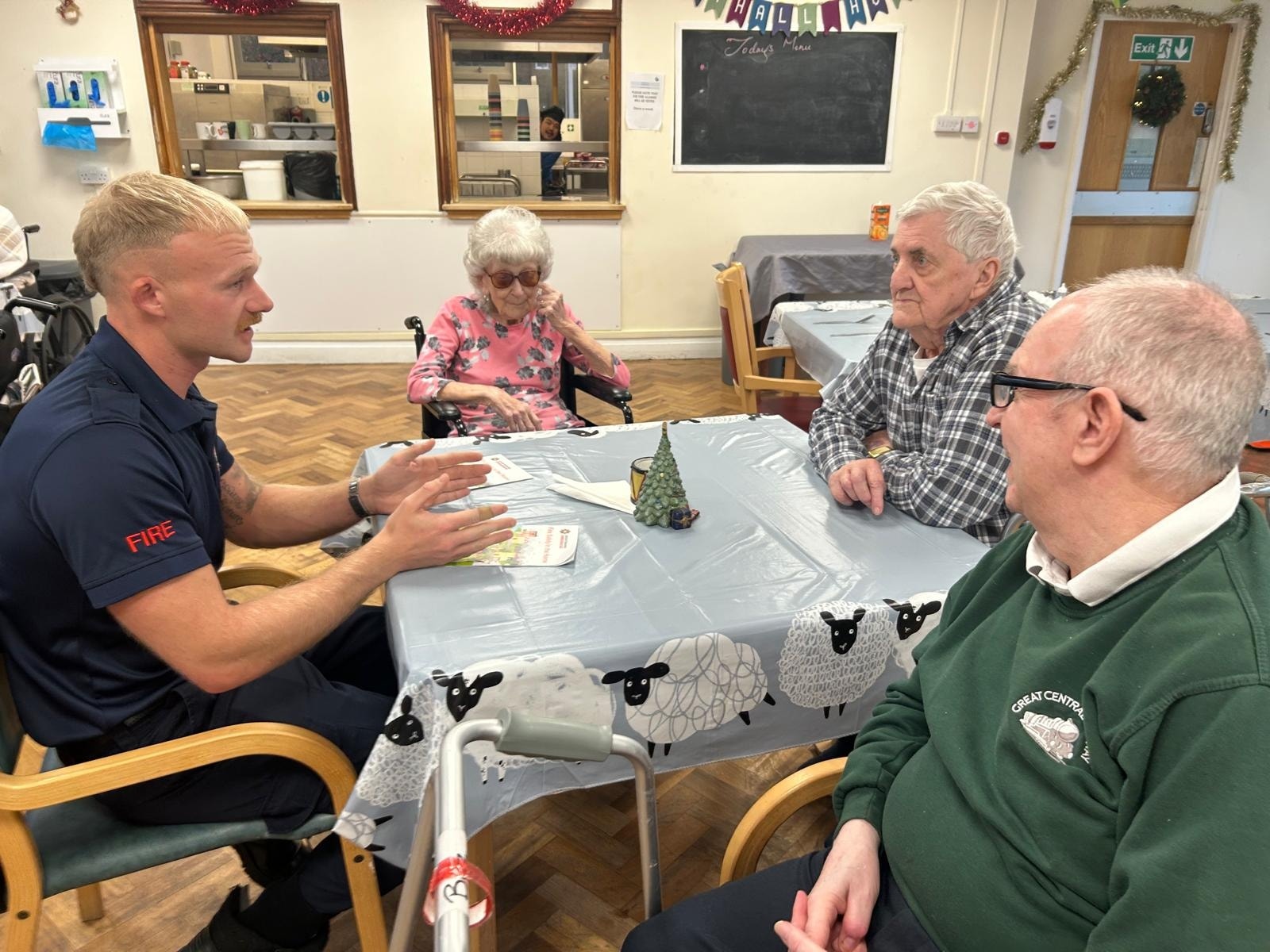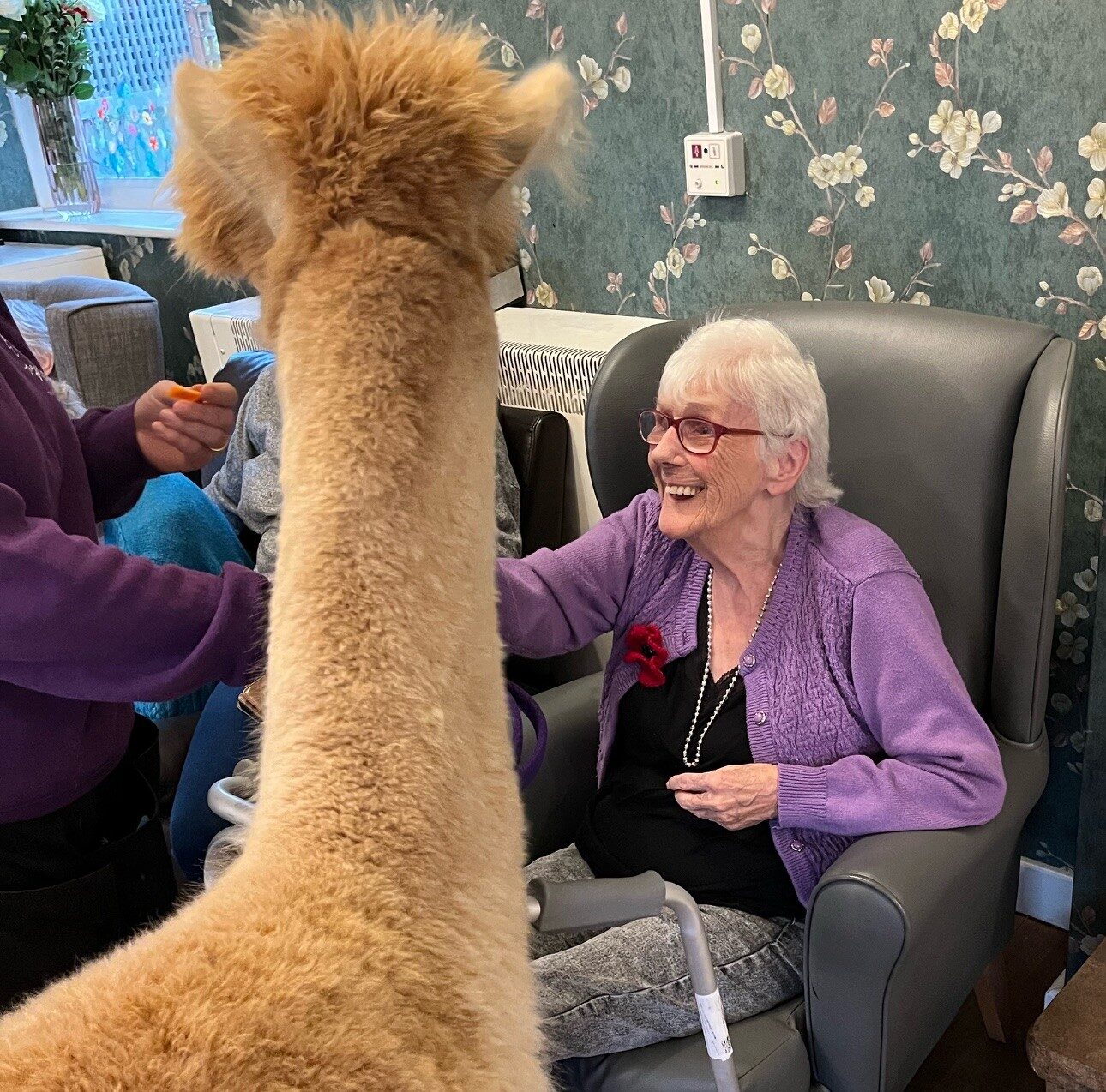Imagine walking into a warm, welcoming space where the laughter of seasoned souls fills the air, and the scent of a home-cooked meal lingers. Senior care homes are more than just facilities; they’re communities designed with the well-being of the elderly in mind.
As you navigate the later chapters of life, understanding the nuances of these homes becomes important. They offer a spectrum of services, from basic assistance to thorough medical care, tailored to meet individual needs. But how do you sift through the options and decide which home aligns with your or your loved one’s needs?
Let’s explore the factors that make each facility unique and how trends in senior living are shaping the future of elder care.
Key Takeaways
– Senior care homes offer varying levels of support, from independent living to intensive medical care.
– These facilities focus on holistic well-being, providing meals, emergency systems, and well-being services.
– Choosing the right home involves considering finances, location, quality of care, and service inclusivity.
– Trends include integrating smart technology and personalising care to enhance senior living quality.
Understanding Senior Care Homes
At the heart of it, senior care homes offer a supportive environment where the elderly can receive the care and attention they need, ensuring their comfort and well-being as they navigate the later stages of life. You’ll find that caregiver roles are pivotal in these settings. They’re not just staff; they become extended family, adapting to the unique needs of each resident. From managing medications to assisting with daily living activities, caregivers guarantee that age-related changes don’t hinder the quality of life for seniors.
Understanding age-related changes is critical in appreciating the core of senior care homes. As people age, they may face a host of challenges, including physical limitations, cognitive impairments, and emotional adjustments. Senior care homes are designed with these changes in mind, offering tailored support that respects the dignity and independence of each individual. Whether it’s through physical therapy to maintain mobility or cognitive activities to engage the mind, the goal is always to promote a holistic sense of well-being.
Essentially, senior care homes are more than just facilities; they’re communities that recognize and adapt to the evolving needs of the elderly, ensuring that life’s later years are lived with grace and dignity.
Types of Senior Care Facilities
Understanding the essence of senior care homes sets the stage for exploring the various types of senior care facilities available to meet the diverse needs of the elderly. Each facility offers unique environments and services, tailored to the specific requirements of its residents. As you navigate through your choices, you’ll find that facility costs and admission criteria play a significant role in determining the right fit for your loved one.
Independent living communities cater to seniors who are largely self-sufficient but seek the convenience of community living. Facility costs here often cover amenities like maintenance, security, and recreational activities, with admission criteria focusing on mobility and the level of independence.
Assisted living facilities, on the other hand, are designed for those who need daily assistance with personal care tasks. Costs here reflect the level of care required, and admission criteria assess the individual’s care needs and medical conditions.
Nursing homes provide in-depth medical and personal care for seniors with serious health issues. Facility costs are higher, reflecting the intensive level of care, and admission criteria are strict, often requiring medical certification of the need for constant nursing care.
Memory care facilities specialise in caring for individuals with Alzheimer’s or dementia, with costs and admission criteria tailored to the specialised support these residents require.
Services Offered
Diving into the world of services offered, you’ll discover a wide spectrum designed to enrich the lives of seniors in various care facilities, guaranteeing their well-being and comfort. At the heart of these services lies the commitment to cater to both the physical and emotional needs of the elderly, guaranteeing they feel supported and valued every day.
Meal preparation is a cornerstone service, providing nutritious and tailored meals that cater to the dietary requirements and preferences of each resident. It’s not just about sustenance; it’s about enjoying meals that remind them of home, cooked with care and attention to detail.
Emergency response systems are another critical service, offering peace of mind to both residents and their families. These systems guarantee that help is just a button press away, 24/7. Whether it’s a medical emergency or a need for immediate assistance, trained staff are always on hand to respond swiftly and efficiently.
These services, among others, underscore the dedication to fostering a safe, nurturing environment where seniors can thrive. It’s about creating a home away from home, where every need is met with compassion and professionalism.
Choosing the Right Home
Selecting the right senior care home requires careful consideration of various factors to make sure it meets all your loved one’s needs. Financial considerations often top the list. You’ll want to make certain that the cost of care aligns with your budget without compromising on quality. This involves understanding the full spectrum of expenses, from monthly fees to any additional costs for extra services. It’s important to have a clear picture of what’s included in the basic fee and what might incur additional charges.
Location preferences are equally important. The ideal senior care home should be conveniently located to facilitate easy visits by family and friends, maintaining those important connections that enhance the quality of life. Consider the vicinity to medical facilities, shopping centres, and parks, ensuring a blend of convenience and quality of life for your loved one.
Trends in Senior Living
As you explore options for your loved one, it’s important to stay informed about the latest trends in senior living that are reshaping the landscape of care. The ageing population is growing rapidly, bringing new challenges and opportunities to senior care. Homes now integrate smart technology to enhance residents’ safety and independence, from wearable devices monitoring health in real-time to smart home systems that simplify daily tasks.
These innovations aren’t just fancy gadgets; they’re lifelines that provide peace of mind for you and autonomy for your loved one. With the rise of these technologies, senior living facilities are also becoming more community-oriented, focusing on holistic well-being that encompasses physical, social, and mental health.
Another trend on the horizon is the customization of care plans. As the industry evolves, there’s a shift towards tailoring services to fit individual needs and preferences, recognizing that one size doesn’t fit all when it comes to ageing. This personalised approach ensures that your loved one not only receives the care they need but also enjoys a quality of life that they deserve.
Staying abreast of these trends can help you make informed decisions, ensuring your loved one’s comfort and happiness in their golden years.
Frequently Asked Questions
How Do Senior Care Homes Address the Emotional and Social Needs of Residents to Prevent Feelings of Isolation and Loneliness?
Senior care homes combat isolation by offering activity programs and encouraging technology use, fostering social connections and emotional support. They understand your need for companionship and make sure you’re engaged, connected, and never feel alone.
What Are the Qualifications and Ongoing Training Requirements for Staff Working in Senior Care Homes, and How Are They Vetted for Their Roles?
You’ll find staff in senior care homes donning uniforms, a sign of their professional training. They’re chosen through evolving hiring trends, with a focus on empathy and expertise, ensuring they’re well-prepared to support residents.
How Do Senior Care Homes Accommodate Residents With Unique Cultural, Religious, or Dietary Needs to Ensure They Feel Respected and at Home?
You’ll find that they often host cultural events and offer dietary customization to meet your unique needs, ensuring you feel respected and at home. It’s all about creating a welcoming environment for everyone.
What Measures Are in Place in Senior Care Homes to Handle Emergency Situations or Health Crises, Including Pandemics Like Covid-19?
In senior care homes, you’ll find emergency drills and innovative technologies ensuring safety during crises. They’re prepared for pandemics like COVID-19, making sure you’re well-protected and cared for in any unexpected situation.
How Do Senior Care Homes Facilitate Communication and Involvement for Family Members Who Wish to Be Actively Engaged in the Care and Well-Being of Their Loved Ones?
Senior care facilities often use digital platforms and host family workshops to guarantee you’re involved in your loved one’s care. They provide updates, facilitate communication, and offer guidance on how best to support them.
Conclusion
Choosing the right senior care home for your loved one is important. With over 52% of people over 65 requiring some form of long-term care services in their lifetime, it’s vital to find a place that offers the right services, care, and environment.
Remember, every person’s needs are unique, so take your time, do thorough research, and visit multiple homes. By understanding the different types of facilities and what they offer, you’ll make an informed, compassionate decision that best supports your loved one’s health and happiness.




